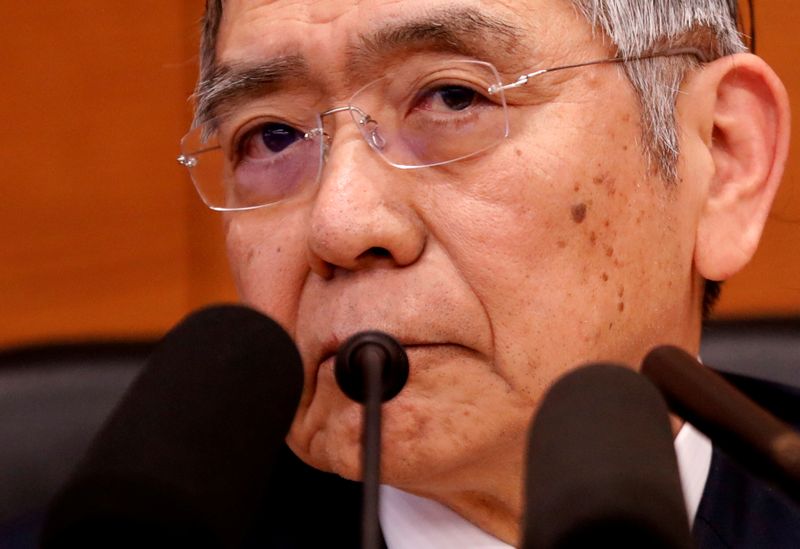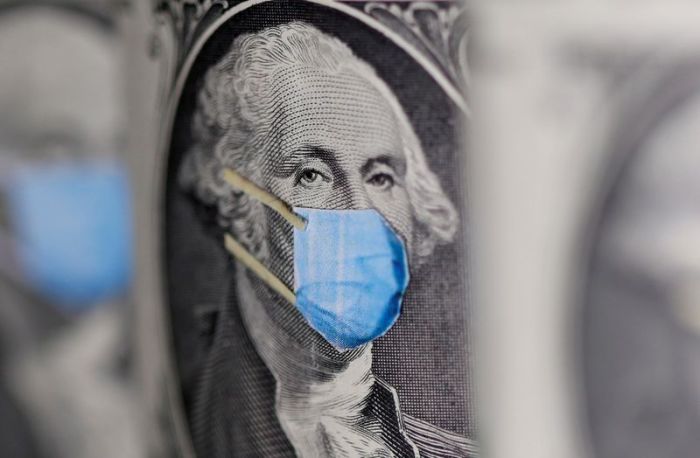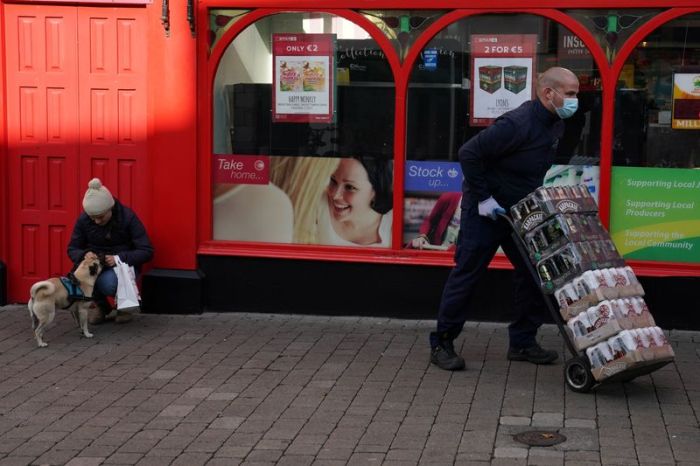TOKYO (Reuters) – The Bank of Japan raised its economic assessment for most of the country’s nine regions to say they were starting to pick up, underscoring the central bank’s growing conviction the economy is emerging from the worst hit of the coronavirus pandemic.
BOJ Governor Haruhiko Kuroda also said the world’s third largest economy was likely to continue recovering thanks in part to the boost from fiscal and monetary stimulus measures.
The upbeat view reinforces market expectations the BOJ will hold off ramping up stimulus for now, and focus on pumping money into the economy with existing lending programmes.
“Once the impact of the coronavirus pandemic subsides globally, Japan’s economy is likely to continue improving further as overseas economies resume steady growth,” Kuroda said in a speech to a quarterly meeting of the BOJ’s branch managers on Thursday.
In a report released after the meeting, the central bank raised its assessment for eight of Japan’s nine areas including regions home to major manufacturing hubs such as Osaka and Nagoya.
It maintained its assessment for the remaining region.
“While economic conditions remain severe in many regions due to the pandemic, they are starting to rebound or show signs of a pick-up as business activity gradually resumes,” it said.
The BOJ next meets for a rate review on Oct. 28-29, when it also releases fresh quarterly economic and price projections.
Japan suffered its biggest economic slump on record in the second quarter as the pandemic crippled demand. Analysts expect any rebound to remain modest as fears of a second huge wave of infections weigh on consumption.
The BOJ expanded stimulus in March and April by ramping up asset buying and creating a new lending facility to ease corporate funding strains. It has kept policy steady since then.
(Reporting by Leika Kihara; Editing by Chang-Ran Kim, Ana Nicolaci da Costa and Muralikumar Anantharaman)



















